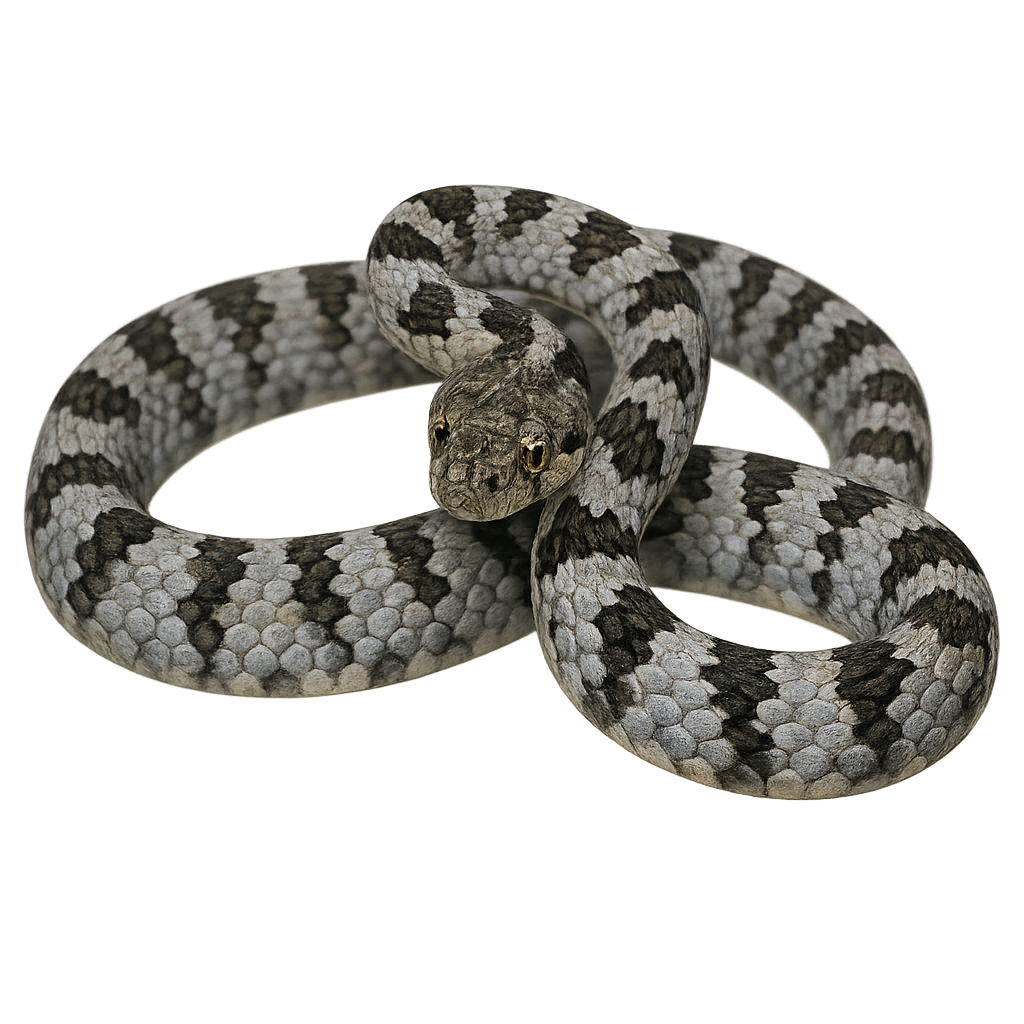Your wildlife photography guide.
Explore the european cat snake in detail, study its behavior, prepare your shots.
Where to observe and photograph the european cat snake in the wild
Learn where and when to spot the european cat snake in the wild, how to identify the species based on distinctive features, and what natural environments it inhabits. The WildlifePhotographer app offers tailored photography tips that reflect the european cat snake’s behavior, helping you capture better wildlife images. Explore the full species profile for key information including description, habitat, active periods, and approach techniques.
European Cat Snake
Scientific name: Telescopus fallax

IUCN Status: Least Concern
Family: COLUBRIDAE
Group: Reptiles
Sensitivity to human approach: Suspicious
Minimum approach distance: 3 m
Reproduction period: May to June
Incubation: N/A
Births: May to June
Habitat:
rocky areas, scrublands, maquis
Activity period :
Mainly active at night, generally discreet during the day.
Identification and description:
The Telescopus fallax, commonly known as the European Cat Snake, is a medium-sized snake, typically measuring between 70 and 100 cm in length. Its coloration ranges from gray to brown, often adorned with dark saddle-shaped patterns. This snake is primarily nocturnal and feeds on small vertebrates, including lizards and rodents. It has rear-fanged venomous teeth, but its venom is harmless to humans. Found in Mediterranean regions, it prefers rocky and dry habitats. Although discreet, it can be observed during its nocturnal outings.
Recommended lens:
Macro – adjust based on distance, desired framing (portrait or habitat), and approach conditions.
Photography tips:
To photograph the Telescopus fallax, opt for nocturnal outings, as this snake is primarily active at night. Use a macro lens to capture the details of its skin and patterns. A red light headlamp can be useful to avoid startling it. Maintain a safe distance of about 3 meters to avoid disturbing it. Be patient and discreet, as this snake is suspicious and may quickly hide if disturbed.
The WildlifePhotographer App is coming soon!
Be the first to explore the best nature spots, track rutting seasons, log your observations, and observe more wildlife.
Already 1 431 wildlife lovers subscribed worldwide

